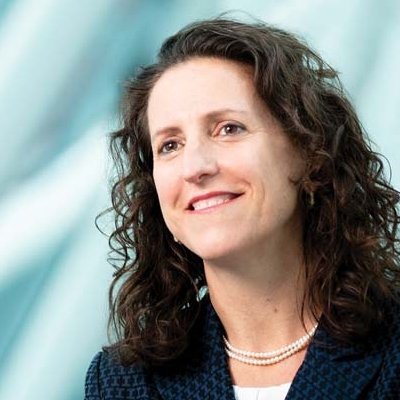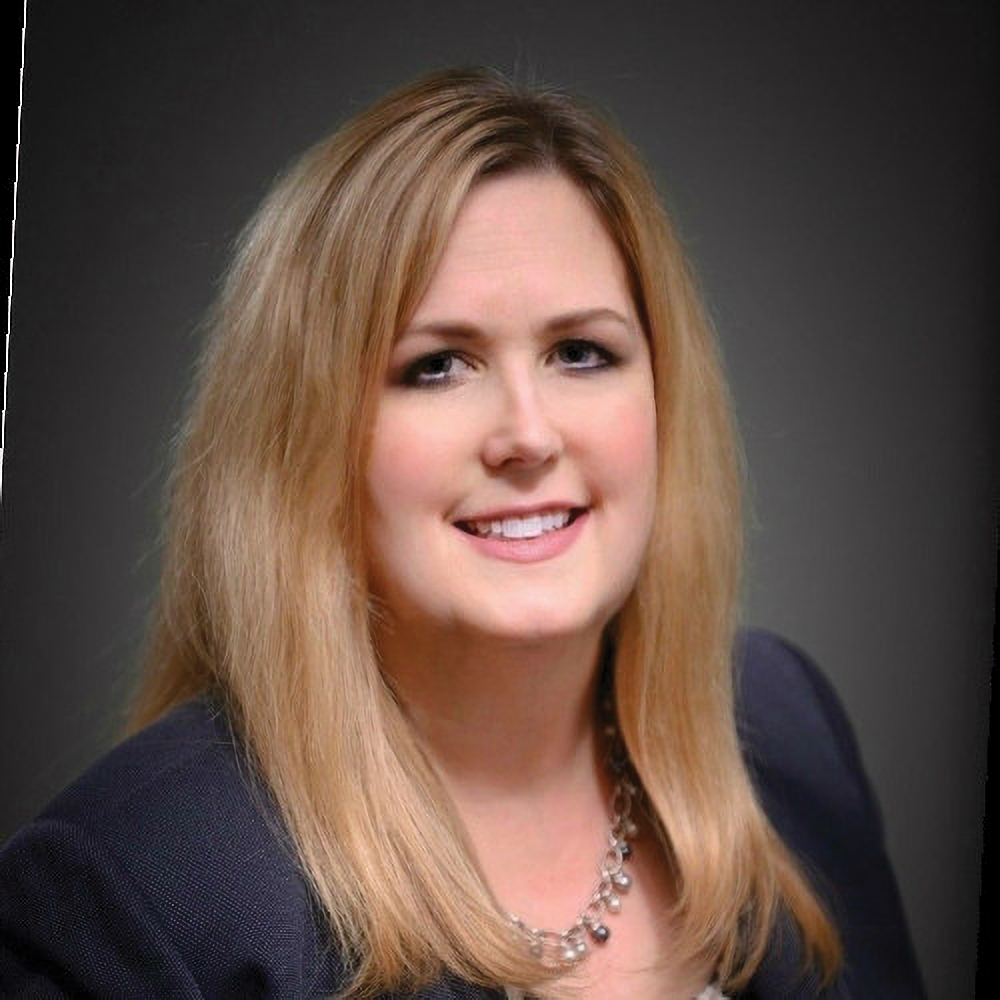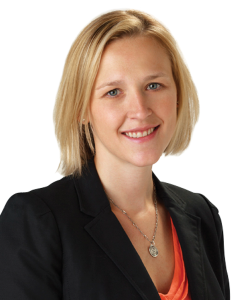Revenue cycle staff shortages push leaders to adapt quickly
The pandemic-driven workforce shortage is leading to significant changes in revenue cycle management operations at many hospitals and health systems.
Changes include the greater use of remote workers, soaring wage costs, implementation of sign-on bonuses, the outsourcing of jobs and greater use of automation, all of which may remain after the pandemic ends.
Spectrum Health, based in Grand Rapids, Michigan, is finding that it’s taking longer to fill all revenue cycle management (RCM) positions.

“We’re not getting the volume of candidates we used to, either because of the ‘Great Resignation’ or because there are a lot of other options” for job candidates, said Amy N. Assenmacher, FHFMA, MSN, MBA, Spectrum’s senior vice president of revenue cycle. “There are so many virtual positions out there. You have a lot more choices now than you did before the pandemic hit.”
Moreover, Assenmacher said she has definitely seen more turnover during COVID-19, particularly in patient access and coding.
“Those frontline workers in patient access have been slammed with mask guidelines and implementing COVID regulations,” Assenmacher said. “These are challenging roles to fill.”
These difficulties are likely to continue since there are few signs that the shortage is going to end soon.
“There’s intense competition for talent in a way we haven’t seen before,” said Gary Long, executive vice president and chief commercial officer at R1 RCM.
“The competing wages for those same levels of employees are equal to or greater than what they’re making at the hospital,” Long said.
Spectrum leaders are trying to shift as much as possible to online and mobile check-ins, including scheduling, payment and registration, and offering the option of using onsite kiosks and tablets. This gives people the ability to seamlessly get into the system and access care. They call it the modernized patient registration experience. Byproducts are improved workflow efficiency, expanded capacity and overall cost containment.
Outside threat
Some organizations laid off RCM staff when patient volumes decreased, and they have had trouble rehiring. Jobs in retail as well as traditional and non-traditional healthcare settings continue to attract RCM staff for many reasons.
A new Amazon facility potentially looking to hire in the area caught the attention of executives at Stanford Health Care, but it didn’t cause a panic.

“There are discussions about what to do if Amazon comes in, and the pay is much higher,” said Jill Buathier, chief revenue cycle officer at Stanford Health Care.
But she says she is not overly concerned about the prospect of losing staffers to the company.
“Our HR organization is very alert and keeps a pulse on these external forces for our entire workforce,” Buathier said.
In fact, Buathier says even throughout the COVID-19 pandemic — a time when many hospitals are enduring the effects of the Great Resignation — RCM staff turnover has not been a problem at Stanford. She attributed this to a renewed focus on employee engagement as well as the acceleration of remote work.
5 ways to build morale
Amy Assenmacher, senior vice president of revenue cycle for Spectrum Health, describes the health system’s tactics for addressing morale in its patient access and coding departments.

1 Have a personalized touch. Leaders connect with team members and get to know them. Consider handwritten cards. It sounds simple, but it can signify to a team member that they’re cared for, appreciated and valued.
2 Schedule virtual lunches. Celebrate the wins and positive contributions to the community.
3 Create an informal water cooler chat within Microsoft Teams. This is a great way for team members who are spread out geographically to stay connected.
4 Spontaneously check in. This is important. Don’t just focus on productivity and performance metrics — ask team members how they’re doing personally or about something non-work-related that interests them.
5 Allow flexible work arrangements. Establish arrangements that cater to different team members’ needs while continuing to meet the needs of the business and provide coverage as usual.
Stanford’s RCM staff retention strategy includes daily team huddles, the use of an employee engagement platform tool, improved staff workflows and career ladders. It also includes gamification within the billing customer service area that allows employees to select avatars and earn points as they complete RCM tasks.
Buathier said organizations with high RCM turnover should try to understand the key drivers of that turnover. Exit interviews become critical.
“What do employees tell you?” Buathier said. “Is it the pay? Are they just burned out and don’t want to work in healthcare? Identify the themes. Maybe it was leadership or management, or maybe they felt isolated. Maybe they don’t understand the remote work environment.”

Vaccine mandates have also played a role in RCM turnover, said Sondra Cari, managing director at Huron, a consultancy. Because so many RCM staff work from home with no direct patient contact, some people feel a vaccination shouldn’t be required for remote staff, she said.
Spectrum Health has a COVID-19 vaccine requirement that allows for medical and religious exemptions as well as exemptions for fully remote team members, including remote RCM staff. As a result, the vaccine mandate hasn’t been a primary driver of RCM turnover, Assenmacher said.
Revenue cycle tasks ripe for automation
Financial counseling
- Presumptive charity
- Credit scoring and identification of high financial risk
- Auto-routing of patients to financial counselor
Patient financial services
- Primary and secondary billing
- Update/add modifiers
- Underpayment processing/resolution
Pre-registration
- Prior authorization
- Query patients for additional information
- Medical necessity checks/advance beneficiary notice generation
Registration and check-in
- Pre-authorization and notification of admission
- Ability to check coverage, coordination of benefits, out-of-pocket costs and pricing
- Live chat with financial counselors
Revenue integrity
- Departmental denials reporting and distribution
- Charge reconciliation and variance reporting
- Rule-based clinical documentation scans and alerts
Scheduling
- Pricing of service
- Insurance verification
- Merging of duplicate master patient indexes based on rules
Source: The Chartis Group
Recruiting the right RCM talent at the right time
The revenue cycle of the future will depend heavily on technologically savvy individuals, according to Cari.
“As you continue to automate, you’re elevating staff to work on things that are more complex, so critical thinking is really important,” Cari said.
Customer service roles also will be paramount. Although these roles are typically delegated to entry-level professionals, organizations may want to rethink this strategy and make customer service the premier role, Cari said.
“Start people out in a transactional role, and once they understand all of the steps in the revenue cycle, they’re set up to move into customer service,” she said.
As staffing shortages persist, it may also be important to consider individuals without RCM experience, Cari noted.
“Organizations can pull those individuals into the revenue cycle and train them,” Cari said. “Organizations are investing in training and onboarding.”
It’s not only about finding the right people and technology for the job; it’s about pulling them in at the right time, Cari said. For example, CFOs need the ability to analyze cost per individual claim rather than overall cost to collect — and then intervene to identify the root cause of the problem and find a solution.
“Opportunities are identified on a day-by-day, hour-by hour basis to reduce costs of overtime,” she said.
Using automation to augment staff capability
Automation should be at the top of every finance leader’s priority list, said Kevin Ormand, revenue cycle practice leader at The Chartis Group.

The Chartis Group, says automation deserves a look.
“If you’re looking at a potentially shrinking workforce, it behooves you to look at how to optimize productivity through automation,” he said.
Stanford, for example, has already automated various RCM functions, and it soon plans to apply unified automation technology and machine learning to its key selected processes for patient financial clearance and hospital billing.
“We want to further automate functions over time to become much more efficient and to take on volume growth without adding additional staff,” Buathier said.
Her hope is that staff can address accounts that have a higher level of complexity while technology handles tasks that are transactional and predictive.
The first place to look in terms of automation is within your own EHR, Ormand said.
“It only takes delays in upgrading one module here or there to quickly get behind the eight ball,” he added. “Before looking at new solutions, you should be looking at how you can maximize your existing solution.”
“Robotic process automation (RPA) has been exceptionally helpful during the pandemic because it allows us to be pretty nimble,” Assenmacher said. For example, during the pandemic, a new CPT code for specimen collection was created, she noted.
“We used RPA to quickly add those charges to accounts in a very efficient way to get claims out the door and get paid,” Assenmacher said. “We’ve tried to be really creative about putting together use cases to plug holes that we sometimes have with our processes.”
Spectrum executives also used functionality within their EHR to automate the coding of simple cases, which has also helped maintain business continuity during times of staffing fluctuations. They’ve also implemented automated insurance eligibility checks and claim status checks and will soon be adding coverage detection and prior authorization to their automation portfolio.
“This has really allowed our team members to work at the top of their license while the more repetitive tasks can be completed by the software,” Assenmacher said.
The outsourcing option
Outsourcing is another consideration in terms of reducing labor costs while addressing a labor shortage.
“We’re in unprecedented times, and organizations are showing an openness to new ways of doing things,” Ormand said. “It’s not 100% across the board, but more progressive organizations are trying to stay ahead of these changes and not become consumed by them.”
Cari agreed: “Strategically leveraging partners to reduce labor spend can then help you afford to pay your internal resources at a higher rate, ask more from them and ultimately have fewer of them because they have critical thinking skills to drive the outcomes you seek.”
As patient volumes increased, Spectrum needed to engage an outsource partner for pre-registration due to rapidly expanding COVID-19 services.
“It was helpful because we could quickly insert that support … to ensure business continuity,” Assenmacher said. They also hire outsource coding vendors when needed.
Another consideration is shared service models between hospital and physician services, Ormand said. For example, organizations may be able to drive efficiencies and economies of scale by consolidating leadership, teams, technologies and vendors across the functional areas supporting the physician and hospital revenue cycle in areas like coding and pre-arrival services.
“These opportunities should be embraced as imperatives to drive competitive advantage in the market,” Ormand said. “A unified revenue cycle can mean the difference between progress and stagnation and ultimately make your revenue cycle a strategic enabler for your organization.”
Why outsourcing 100% of its RCM made sense for MarinHealth

says outsourcing RCM allows his organization to focus on
patient care.
California-based MarinHealth didn’t struggle with revenue cycle management (RCM) turnover, but it did want to better manage its costs and increase efficiencies.
“We made significant progress through internal efforts to improve efficiency toward our revenue cycle and supply chain department performance goals, but we realized we needed more change at a faster pace,” said CEO David Klein, MD, MBA.
As a result, the health system decided to outsource its entire RCM department so it could focus investments in clinical areas. Approximately 100 non-clinical MarinHealth team members, including patient registrars, coders, patient account representatives and others, will continue to support MarinHealth, but they will work directly for the vendor, where they will be able to access new skill development opportunities.
The outsource vendor will help MarinHealth streamline billing processes, simplify patient registration and personalize the healthcare experience for patients and providers.
Klein said this decision is all about doing what’s right for the patient.
“As an organization, we are focused on our primary goal — to deliver safe, quality care and an exceptional patient experience at a more affordable cost,” he said. “There are certain things healthcare delivery systems excel in and other functions where we need to partner with others who offer the right size, scale and expertise.”





